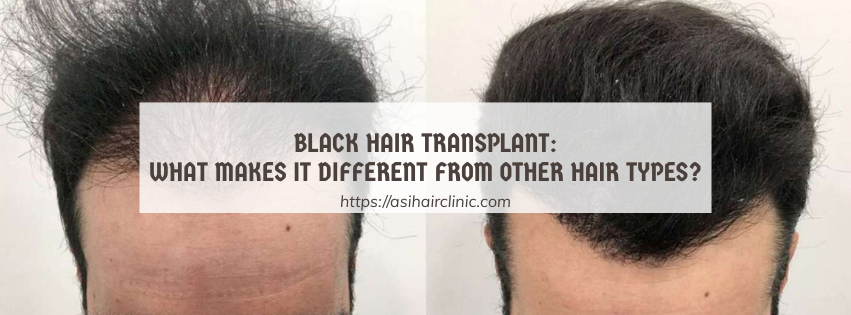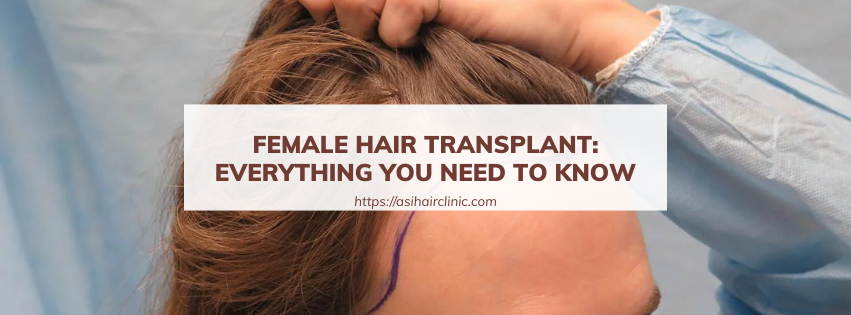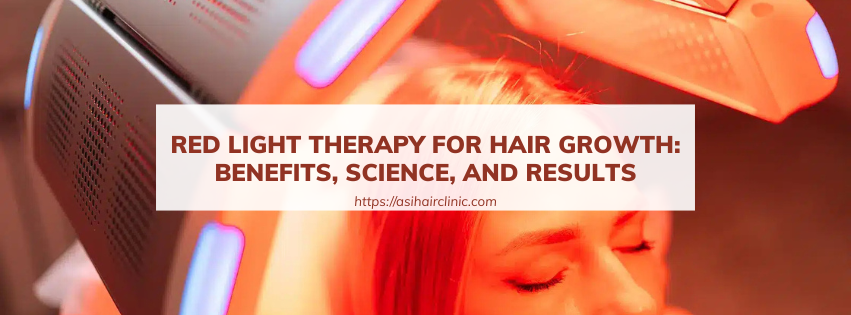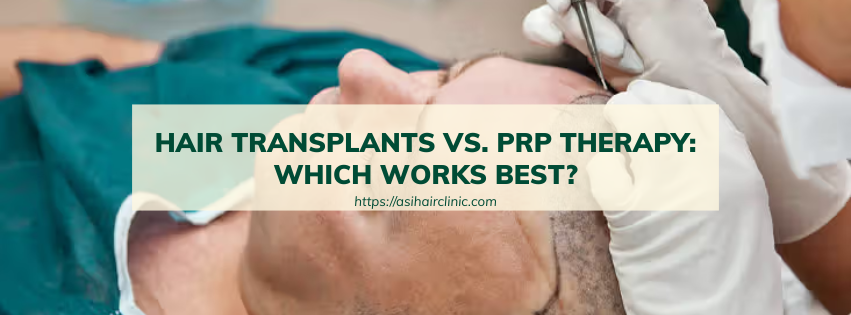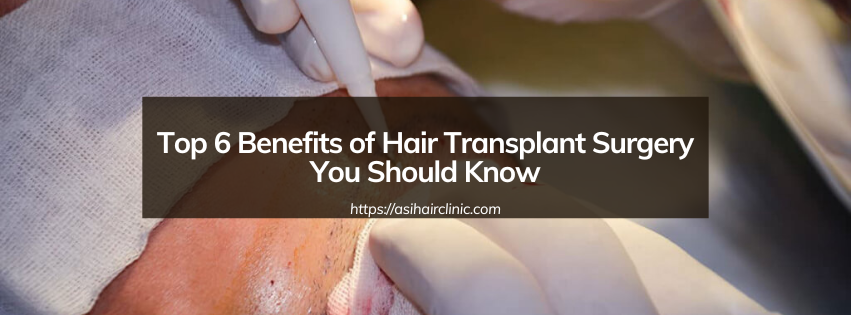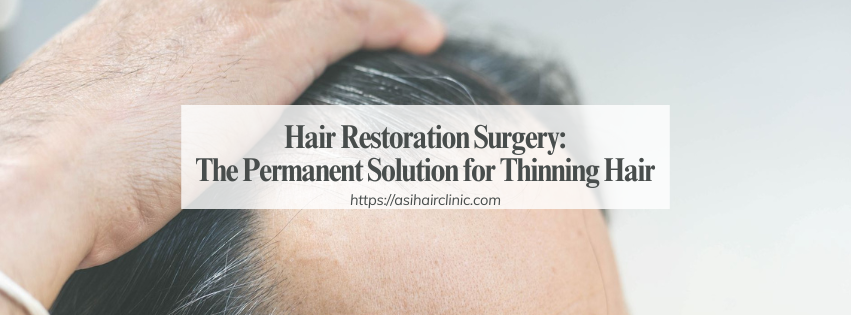How Primary Consultation Is Helpful In Hair Transplantation?
Hair loss can be an emotionally taxing experience, affecting individuals’ self-esteem and overall quality of life. As the search for solutions intensifies, many turn to hair transplantation as a promising remedy, aiming to restore not just their hair but also their confidence. However, the road to successful hair transplantation begins long before any surgical intervention occurs; it starts with an essential step known as the primary consultation. This initial meeting between the patient and the surgeon is pivotal, laying the groundwork for what will follow in the hair restoration journey. This article explores how primary consultation is helpful in hair transplantation, emphasizing its importance in understanding individual needs, evaluating candidacy, and developing tailored treatment plans.
1. Understanding Your Hair Loss
The primary consultation serves as the initial diagnostic phase, where the patient’s unique situation is thoroughly evaluated. This stage goes beyond simply assessing the visible signs of hair loss; it encompasses a comprehensive analysis that delves deep into the underlying causes, patterns, and implications of the condition.
1.1. Medical History
During this critical phase, the hair transplant surgeon will take the time to inquire about your medical history. This includes understanding any existing health conditions you may have, medications you are currently taking, and any family history of hair loss.
The information gathered during this discussion is vital, as it helps the surgeon assess your overall health and identify potential complications or contraindications related to hair transplantation. For instance, certain health conditions, like diabetes or autoimmune disorders, can affect healing after surgery. Additionally, understanding your medication can identify substances that might hinder the procedure or recovery.
A complete medical history ensures that the surgeon has a holistic view of your situation, allowing them to make informed decisions regarding your treatment plan.
1.2. Scalp Examination
Next, a detailed visual inspection of your scalp will be conducted. The surgeon examines the area of concern, looking closely at the extent of hair loss, the density of the donor area (where healthy hair follicles will be harvested), and the quality of remaining hair follicles.
This examination is not merely observational; it involves a meticulous assessment designed to gauge the viability of the donor area. A robust donor site is crucial, as it provides the necessary grafts for successful hair transplantation. The surgeon will take note of the hair’s distribution and density, which will influence the final outcome and aesthetic appeal of the procedure.
1.3. Hair Analysis
In some cases, a detailed hair analysis may be performed to understand its growth cycle, thickness, and texture. Such analyses provide insight into what can realistically be achieved through transplantation.
The characteristics of your hair-whether thick, thin, or coarse-can significantly impact the artistic approach the surgeon takes. For instance, finer hair may require more grafts to achieve the desired fullness compared to thicker hair. Gaining an understanding of these elements is essential to setting realistic expectations.
1.4. Diagnostic Tests
Depending on individual circumstances, various diagnostic tests may be proposed during the primary consultation. These might include blood tests aimed at ruling out hormonal imbalances or deficiencies, scalp biopsies to examine hair follicles, and imaging techniques to assess the scalp's anatomy.
Diagnostic tests offer valuable data that can clarify the nature of your hair loss and guide the surgeon in making an appropriate evaluation. They can unearth underlying issues that may have been previously unnoticed, ensuring that the treatment plan is comprehensive and effective.
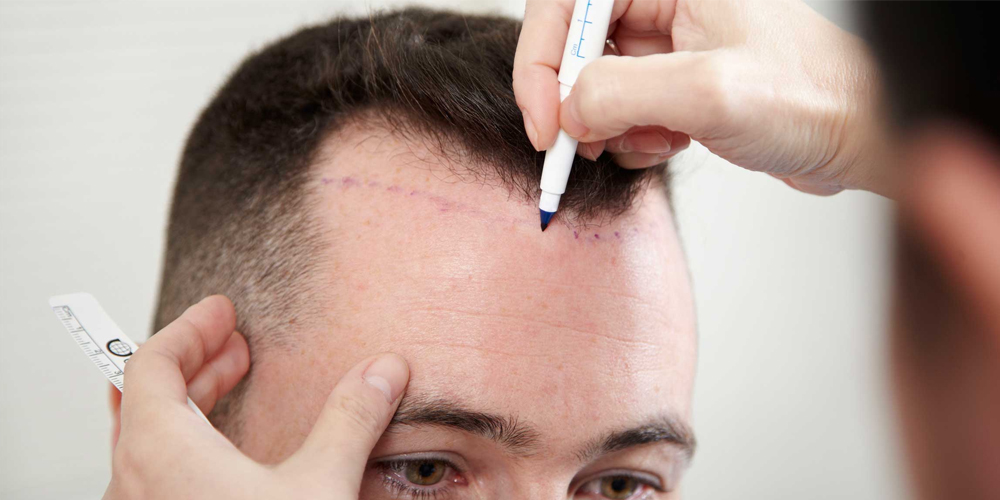
2. Evaluating Candidacy for Hair Transplantation
Once a thorough assessment has been conducted, the surgeon will evaluate whether you are a suitable candidate for hair transplantation. It’s essential to understand that not everyone who experiences hair loss qualifies for this type of procedure.
2.1. Extent of Hair Loss
While hair transplants can effectively address various hair loss patterns, there are limitations. The extent of hair loss plays a critical role in determining candidacy. Available donor hair must be sufficient to cover bald or thinning areas effectively.
For individuals experiencing complete baldness, the feasibility of the procedure may be questioned. The surgeon must carefully assess how much donor hair is available and whether it can meet the demands needed to achieve full coverage.
2.2. Hair Quality
Another critical factor in evaluating candidacy is hair quality. The density, thickness, and texture of your hair directly influence the anticipated results after the transplant. Individuals with weaker or finer hair may not see the same dramatic outcomes as those with thicker hair.
Moreover, hair quality informs the surgeon about how densely they can place grafts without compromising both the newly transplanted hairs and the remaining natural hair. Understanding these nuances helps tailor the approach to your unique circumstances.
2.3. Overall Health
The overall health of the individual is another significant consideration when assessing candidacy. Those with specific medical conditions, such as uncontrolled hypertension or blood-clotting disorders, might face increased risks during and after surgery.
The surgeon will conduct a thorough evaluation of your health status to identify potential risks associated with the procedure. Ensuring that you are in good health minimizes complications and paves the way for a smoother surgical experience.
2.4. Expectations & Goals
Lastly, the primary consultation offers a prime opportunity to discuss your expectations and desired outcomes for the hair transplant. Realistic expectations are paramount for a successful procedure, and engaging in this conversation early on lays a strong foundation.
The surgeon will guide you toward achievable goals based on your individual characteristics and the specifics of your hair loss pattern. Engaging in this dialogue fosters mutual understanding and helps build trust, which is essential throughout the process.
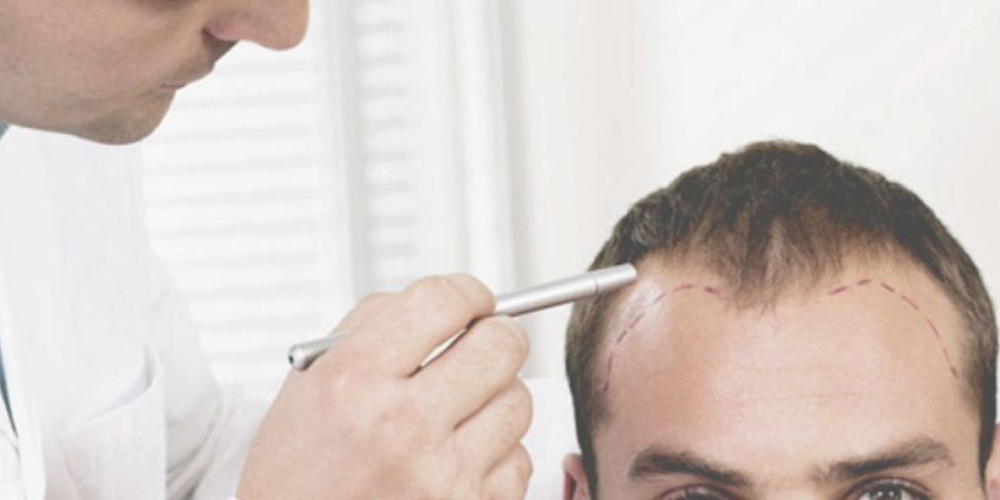
3. Developing a Personalized Treatment Plan
The primary consultation is not merely a diagnostic session; it's a collaborative effort aimed at developing a personalized hair transplant plan tailored to your unique needs and goals.
3.1. Selecting the Appropriate Technique
One of the most critical decisions made during the primary consultation is selecting the appropriate hair transplant technique. Several different techniques exist, each with its own set of advantages and disadvantages.
The two primary methods discussed are Follicular Unit Transplantation (FUT) and Follicular Unit Extraction (FUE). FUT involves removing a strip of skin containing hair follicles from a donor area, while FUE entails extracting individual follicular units directly from the scalp.
Choosing the right technique depends on factors such as your hair loss pattern, the characteristics of your donor hair, and your desired aesthetic outcome. The surgeon will explain the pros and cons of each method, helping you make an informed decision that aligns with your preferences.
3.2. Determining Graft Numbers
Based on the assessment of your hair loss pattern and the density of your donor area, the surgeon will estimate the number of hair grafts required to achieve your desired results. This estimation involves thorough planning and careful consideration of several critical factors.
Among these considerations are the size of the area to be covered, the desired hair density, and the overall goals established during the consultation. An accurate estimate enables the surgeon to prepare appropriately for the procedure, ensuring optimal results.
Additionally, understanding graft numbers provides insights into the financial aspects of the procedure, as costs typically correlate with the number of grafts required. Transparent discussions around graft numbers allow for better planning and budgeting.
3.3. Pre-Operative Instructions
Prior to the surgery, the surgeon will provide detailed instructions on preparing for the procedure. Adhering to these pre-operative guidelines is essential for minimizing risks and enhancing the likelihood of a successful outcome.
Instructions may include dietary restrictions, medication adjustments, and recommendations to cease certain products or activities in the days leading up to the surgery. Following these directives diligently ensures that your body is prepared for the surgical process, reducing complications.
4. Addressing Concerns and Expectations
The primary consultation represents a valuable opportunity to address any concerns or inquiries you may have regarding the hair transplant procedure. This part of the consultation is essential for fostering a sense of security and clarity.
4.1. Open Communication
Engaging in open communication is vital during the primary consultation. The surgeon should encourage you to voice any concerns or questions you might have. This transparency cultivates trust and understanding, allowing patients to feel heard and respected throughout the entire process.
Discussing anxieties about pain, recovery time, potential side effects, and costs allows the surgeon to provide tailored responses, addressing fears and clarifying misconceptions. Patients who feel comfortable expressing their concerns are often more satisfied with their overall experience.

4.2. Realistic Expectations
During the consultation, the surgeon will work with you to establish realistic expectations regarding the potential outcomes of the procedure. Understanding what can and cannot be accomplished helps manage hopes and creates a balanced perspective.
It’s crucial to recognize that hair transplantation is a skillful art form. While technological advancements have improved success rates, each individual’s unique circumstances can yield varying results. Ensuring that patients are well-informed about these realities enhances satisfaction with the final outcome.
4.3. Cost and Payment Options
Financial aspects of the procedure are openly discussed during the consultation. The surgeon will provide a detailed breakdown of costs involved, including consultation fees, surgical expenses, medication costs, and any post-operative care required.
Clarifying the total financial commitment upfront prevents surprises later and allows for better personal budgeting. Furthermore, discussing available payment options and financing plans can alleviate financial stress, making hair transplantation accessible to a broader range of individuals.
5. Beyond the Consultation: Post-Operative Care
The primary consultation doesn’t end with the development of a treatment plan; rather, it sets the stage for the entire journey ahead. From pre-operative preparations through post-operative care, the surgeon and their team play a vital role in ensuring safety and comfort.
5.1. Post-Operative Instructions
Post-operative care is equally important as the surgical procedure itself. After the operation, you will receive comprehensive instructions on wound care, medication management, activity restrictions, and scalp hygiene.
These guidelines are crucial to minimize risks and promote optimal healing. For instance, avoiding direct sunlight on the scalp for a specific duration can prevent complications and enhance results. Adherence to these post-operative instructions is paramount in achieving the best possible outcome from your hair transplant.
5.2. Follow-up Appointments
Regular follow-up appointments are scheduled to monitor your healing progress, assess the outcome of the transplant, and address any concerns you might have. The surgeon will keep a close eye on the transplanted hair’s growth, providing ongoing support and guidance throughout the recovery process.
These follow-ups enable the surgeon to catch any potential issues early on, allowing for timely interventions if necessary. It's a reassuring aspect of the hair transplant journey, knowing that expert oversight continues even after the procedure.
5.3. Ongoing Support
The journey doesn’t stop after the initial healing phase. Even as your new hair begins to grow in, you can expect ongoing support from the surgeon. Aesthetic Hair Restoration remain available to address any concerns or questions you might have throughout the hair growth process.
This continuous engagement fosters a positive environment, reinforcing confidence in the choices made during the primary consultation. Knowing there is a support system in place encourages patients to share experiences and ask questions freely.
Conclusion
The primary consultation is more than just an introductory meeting; it forms the cornerstone upon which a successful hair transplant journey is built. By conducting thorough evaluations of hair loss, assessing candidacy for the procedure, and developing a customized treatment plan, the primary consultation equips individuals with knowledge and sets realistic expectations.
Open communication, detailed assessments, and a collaborative approach between the patient and the surgeon become the bedrock of a positive experience and successful hair transplantation outcome.
Take the time to ask questions and voice any concerns you may have, ensuring that you are comfortable and well-informed every step of the way. Remember, a successful hair transplant is not merely about the surgical procedure; it embodies the holistic journey of restoring confidence, nurturing self-esteem, and achieving a natural-looking head of hair.
LATEST POSTS

